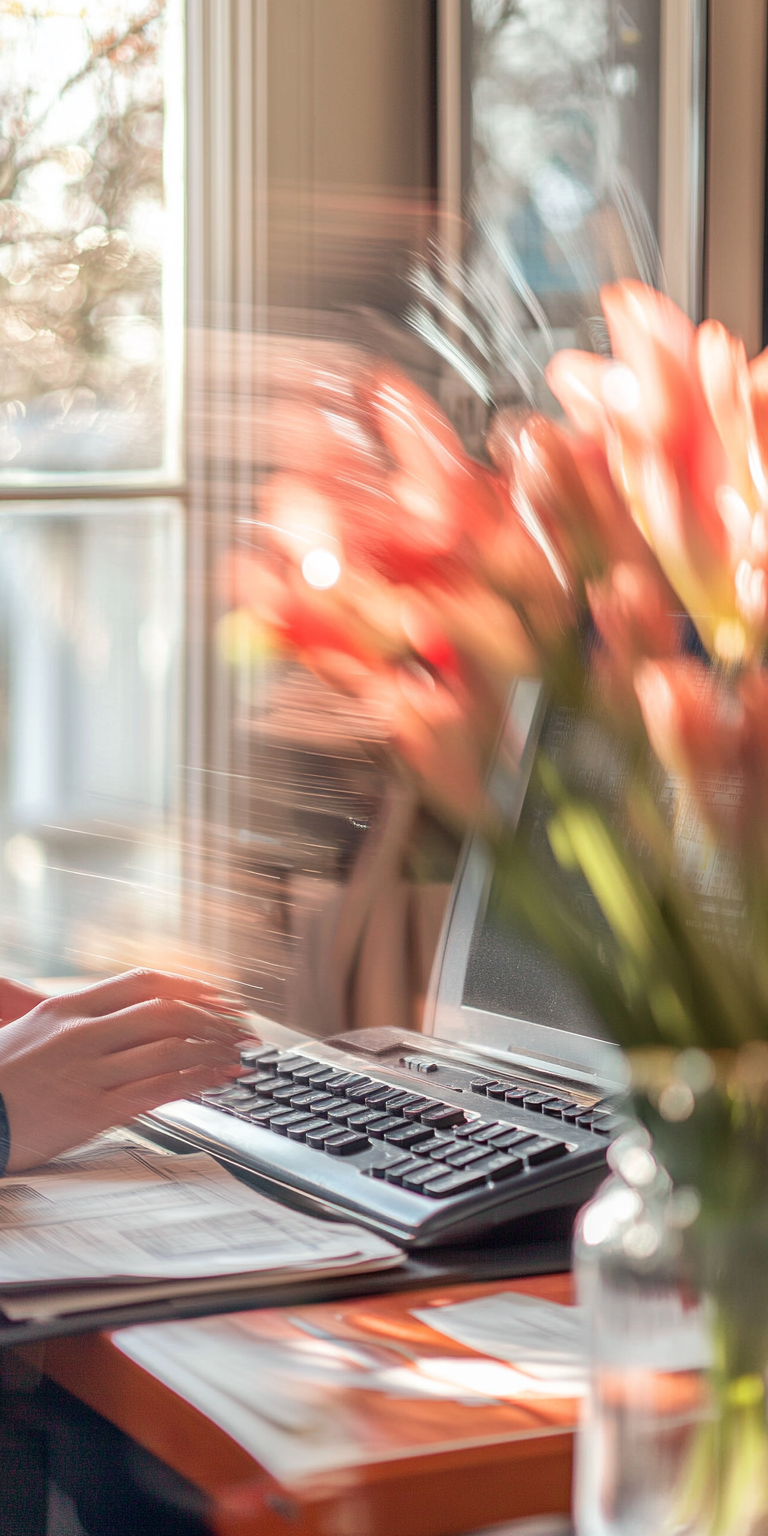

10 Essential DIY Steps to Boost Your Home Value: Complete Guide 2025
Transform your property value with these 10 proven DIY improvements. From quick £100 fixes to £2k projects, discover cost-effective ways to increase your home's worth and appeal.

Property Expert
Quick Navigation
Quick Wins (£100-500)
Medium Projects (£500-2k)
Planning & Strategy
🏠 DIY Value Boost Overview
Strategic DIY Home Value Improvement
Increasing your home's value doesn't always require major renovations or professional contractors. Strategic DIY improvements can deliver impressive returns on investment whilst giving you complete control over costs, timing, and quality. With the right approach, homeowners can typically add £5,000-15,000 to their property value through well-planned DIY projects costing just £2,000-5,000.
The key to successful DIY value improvement lies in focusing on projects that offer the highest return on investment whilst staying within your skill level and budget. These 10 essential steps have been proven to deliver consistent value increases across different property types and market conditions, making them ideal for homeowners looking to maximise their property's worth before selling or simply build equity.
Understanding Value vs Cost
Effective DIY improvement requires understanding the difference between cost and value. The most expensive improvements don't always add the most value, whilst some low-cost changes can dramatically improve a property's appeal and market position.
💡 DIY Success Principles
Focus on Buyer Appeal
Choose improvements that appeal to the broadest range of potential buyers, avoiding highly personal or niche modifications.
Quality Over Quantity
Complete fewer projects to a high standard rather than rushing through multiple improvements with poor finish quality.
Address Obvious Issues First
Fix visible problems and dated features before adding new elements, as buyers notice flaws more than enhancements.
Step 1: Fresh Paint Throughout (ROI: 75%)
A fresh coat of paint is the single most cost-effective way to transform your home's appearance. Professional-quality painting can cost £3,000-8,000, but DIY painting typically costs just £300-800 for a three-bedroom house whilst adding £2,000-4,000 in value.
Strategic Colour Selection
Choose neutral, contemporary colours that appeal to modern buyers whilst brightening spaces and making rooms appear larger. Avoid bold or personal colour choices that might alienate potential purchasers.
🎨 Paint Strategy Guide
Living Areas
Best colours: Warm whites, soft greys, gentle beiges | Cost: £150-300 | Value add: £800-1,500
Kitchen & Bathrooms
Best colours: Clean whites, light greys | Cost: £80-150 | Value add: £500-1,000
Bedrooms
Best colours: Soft neutrals, calming blues | Cost: £100-200 | Value add: £600-1,200
Entrance & Hallways
Best colours: Light, welcoming tones | Cost: £50-100 | Value add: £400-800
Professional-Quality Techniques
Achieve professional results by using quality materials, proper preparation techniques, and systematic application methods. Poor painting is immediately obvious to buyers and can actually detract from value.
Step 2: Modern Lighting Upgrades (ROI: 65%)
Outdated lighting fixtures instantly date a property, whilst modern lighting creates ambiance, highlights features, and makes spaces feel more luxurious. LED upgrades also appeal to energy-conscious buyers.
💡 Lighting Improvement Plan
Priority Areas
- Entrance Lighting: £50-150 | Creates positive first impression
- Kitchen Pendants: £100-300 | Modern functionality focus
- Living Room Features: £80-200 | Ambient lighting appeal
- Bathroom Updates: £60-150 | Clean, bright modernisation
LED Conversion Benefits
- Energy Savings: 80% reduction in electricity costs
- Longevity: 15-25 year lifespan vs 1-2 years
- Heat Reduction: Cooler operation, less air conditioning
- Buyer Appeal: Modern, environmentally conscious
Statement Lighting Features
Consider adding statement lighting pieces in key areas such as dining rooms or entrance halls, but keep choices classic and timeless rather than trendy or highly personal.
Step 3: Garden & Curb Appeal Enhancement (ROI: 70%)
First impressions matter enormously in property sales, with buyers forming opinions within 30 seconds of arrival. Garden and exterior improvements offer excellent value for money and can be completed gradually over weekends.
Front Garden Transformation
Focus on creating a welcoming, well-maintained entrance that suggests the property is cared for and move-in ready.
🌿 Curb Appeal Action Plan
Instant Impact (£50-200)
Fresh mulch, seasonal flowers, power washing, window cleaning, and entrance mat upgrade.
Weekend Projects (£200-500)
Border definition, shrub pruning, path edging, garden furniture, and outdoor lighting installation.
Longer-term Investment (£500-1,500)
Patio cleaning/repair, fence painting, garden structure improvements, and established planting schemes.
Low-Maintenance Landscaping
Design gardens that look attractive but require minimal ongoing maintenance, as buyers prefer properties that won't demand immediate garden work or high upkeep costs.
Step 4: Kitchen & Bathroom Refresh (ROI: 80%)
Full kitchen and bathroom renovations are expensive and often unnecessary for adding value. Strategic refreshing of existing spaces can achieve similar impact at a fraction of the cost.
Kitchen Transformation Without Replacement
Update existing kitchens through cabinet painting, new handles, worktop improvements, and strategic appliance upgrades rather than complete replacement.
🏗️ Kitchen & Bathroom Refresh Strategy
Kitchen Quick Wins
- Cabinet Painting: £200-500 vs £5,000+ replacement
- New Handles/Hardware: £50-150 for modern update
- Worktop Refresh: £300-800 for laminate/paint
- Backsplash Upgrade: £150-400 for tile/glass
- Appliance Cleaning: £20-50 for professional appearance
Bathroom Modernisation
- Re-grouting/Sealing: £50-150 for fresh appearance
- New Taps/Fittings: £100-300 for modern look
- Mirror & Lighting: £80-200 for brighter space
- Tile Paint/Refresh: £100-250 for updated colour
- Accessories Upgrade: £50-150 for coordinated finish
Bathroom Modernisation
Focus on creating clean, bright, modern-feeling bathrooms through refreshing existing fixtures rather than complete replacement, which often requires professional plumbing and electrical work.
Step 5: Flooring Upgrades (ROI: 70%)
Flooring significantly affects how spaces feel and look, with outdated or worn flooring immediately noticeable to buyers. Modern flooring options offer excellent DIY potential and dramatic impact.
Cost-Effective Flooring Solutions
Luxury Vinyl Tile (LVT) and laminate flooring offer the appearance of hardwood or stone at a fraction of the cost, with many options designed for DIY installation.
🏠 Flooring Options Comparison
Luxury Vinyl Tile (LVT)
Quality Laminate
Carpet Refresh
Room-by-Room Strategy
Prioritise high-traffic areas and rooms where flooring has the biggest impact on perceived value, such as entrance halls, living areas, and kitchens.
Step 6: Storage Solutions (ROI: 60%)
Storage is consistently rated as one of the most important features by home buyers. Adding clever storage solutions addresses practical needs whilst making spaces appear larger and more organised.
📦 Storage Enhancement Ideas
Built-in Wardrobes
Cost: £400-1,200 | Value add: £1,500-3,000 | Creates fitted appearance and maximises space
Under-Stair Storage
Cost: £200-600 | Value add: £800-1,500 | Utilises dead space effectively
Kitchen Storage
Cost: £150-500 | Value add: £500-1,200 | Pull-out drawers, pantry organisation
Bathroom Storage
Cost: £100-400 | Value add: £400-800 | Medicine cabinets, vanity upgrades
Fitted vs Freestanding Solutions
Fitted storage solutions generally add more value than freestanding furniture, as they appear permanent and maximise space utilisation more effectively.
Step 7: Energy Efficiency Improvements (ROI: 65%)
Energy efficiency improvements appeal to environmentally conscious buyers whilst reducing ongoing running costs, making properties more attractive and valuable.
High-Impact Energy Improvements
Focus on improvements that are visible to buyers and provide immediate energy bill reductions, rather than expensive installations that may not recoup their costs.
⚡ Energy Efficiency Priority List
Quick Wins
- LED Lighting: £100-300 | 80% energy reduction
- Smart Thermostat: £150-300 | 10-15% heating savings
- Draft Proofing: £50-200 | 5-10% heating savings
- Window Film: £100-400 | Thermal improvement
Medium Investment
- Loft Insulation: £300-800 | 15-25% heating savings
- Radiator Valves: £200-500 | Zone control benefits
- Energy-Efficient Appliances: £500-1,500 | Ongoing savings
- Secondary Glazing: £800-2,000 | Noise/thermal benefits
EPC Rating Improvement
Improving your Energy Performance Certificate (EPC) rating can significantly affect property value and marketability, particularly as energy efficiency becomes increasingly important to buyers.
Step 8: Smart Project Prioritisation
Successful DIY value improvement requires strategic prioritisation based on your budget, timeframe, and property's specific needs and market position.
The 80/20 Rule
Focus 80% of your effort and budget on the 20% of improvements that will have the biggest impact on buyer perception and property value.
🎯 Prioritisation Framework
High Impact, Low Cost (Priority 1)
Painting, lighting, curb appeal, cleaning, and decluttering - tackle these first for immediate improvement.
High Impact, Medium Cost (Priority 2)
Flooring, kitchen refresh, bathroom updates - plan these carefully for maximum return.
Medium Impact, Low Cost (Priority 3)
Storage solutions, energy improvements, minor repairs - fill gaps in your improvement plan.
Lower Priority
High-cost, low-impact projects or highly personal improvements - avoid unless addressing serious issues.
Step 9: ROI Analysis and Budget Management
Track your investments and returns carefully to ensure each project contributes positively to your property's value whilst staying within budget.
Calculating Return on Investment
Use professional valuations or comparative market analysis to measure actual value increases against your improvement costs, aiming for minimum 50% ROI on most projects.
ROI Analysis by Project Type
| Improvement Type | Typical Cost | Value Added | ROI % | Timeframe |
|---|---|---|---|---|
| Fresh Paint Throughout | £500-800 | £2,000-4,000 | 75% | 2-3 weeks |
| Kitchen Refresh | £800-1,500 | £3,000-6,000 | 80% | 2-4 weeks |
| Flooring Upgrade | £1,200-2,500 | £3,500-7,000 | 70% | 1-2 weeks |
| Lighting Upgrades | £300-600 | £1,200-2,500 | 65% | 1 week |
| Curb Appeal | £400-1,000 | £1,500-3,500 | 70% | 2-4 weeks |
Budget Control Strategies
Set realistic budgets for each project and include 10-20% contingency for unexpected costs or material price increases. Track spending carefully to avoid over-capitalising.
Step 10: Professional Tips and Timing
Maximise your DIY improvement success through strategic timing, quality material selection, and knowing when to seek professional help.
🎯 Expert Success Strategies
Quality Material Investment
Buy the best materials you can afford, as quality is immediately apparent to buyers and affects longevity and appeal.
Timing Optimisation
Complete improvements 2-4 weeks before marketing to allow everything to settle and avoid the appearance of rushed preparation.
Professional Standards
Aim for professional-quality finishes, as poor DIY work can actually detract from value and turn buyers away.
Know Your Limits
Recognise when to call professionals for electrical, plumbing, or structural work to ensure safety and maintain property value.
📋 DIY Value Improvement Checklist
Planning Phase:
- ✓ Assess current property condition
- ✓ Research local market preferences
- ✓ Set realistic budget and timeline
- ✓ Prioritise high-impact projects
- ✓ Source quality materials
- ✓ Plan project sequence
Execution Phase:
- ✓ Complete one project before starting next
- ✓ Maintain professional quality standards
- ✓ Document progress and costs
- ✓ Address any issues immediately
- ✓ Clean and present each completion
- ✓ Consider professional valuation

Ready to Boost Your Property Value?
Get professional advice on home improvements that add real value. From planning permission to project management, we can help maximise your return on investment.
 Trusted by 10,000+ homeowners
Trusted by 10,000+ homeowners




